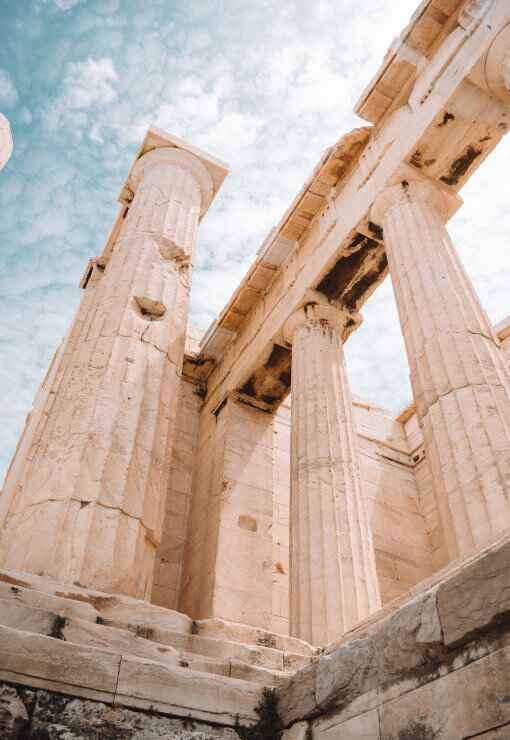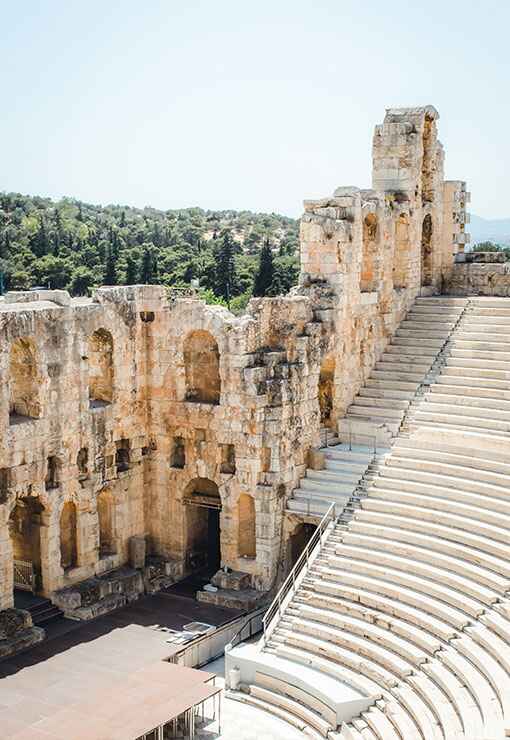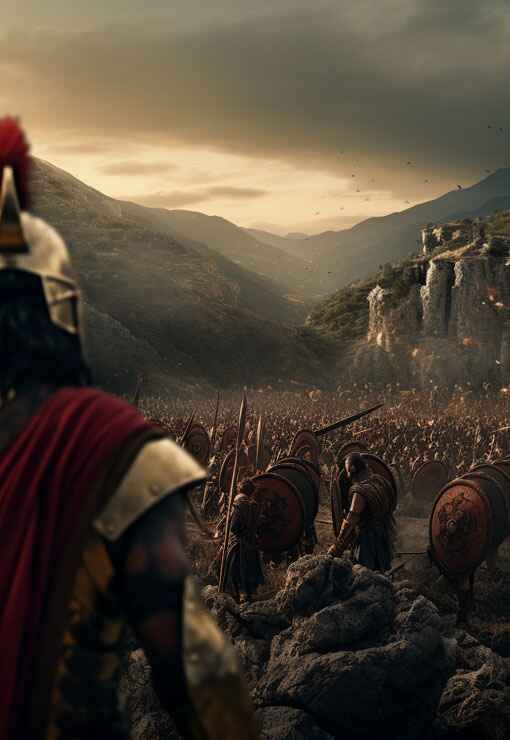

Ancient Greek vase painting is renowned for its rich and diverse subject matter, reflecting the values, beliefs, and everyday experiences of Greek society. The imagery on these vases offers a fascinating glimpse into the world of ancient Greece, encompassing mythology, daily life, athletics, and more.
Mythological Scenes: Mythology was a central theme in Greek vase painting. Vases often depicted the adventures of gods and heroes, such as Zeus, Athena, Heracles, and Theseus. These scenes served not only as decoration but also as a means of transmitting mythological stories and cultural values. Iconic myths, such as the Twelve Labors of Heracles and the Trojan War, were commonly portrayed.
Daily Life: Vases also illustrated various aspects of daily life in ancient Greece. Scenes of domestic activities, such as women weaving, men at symposia (drinking parties), and children playing, provide valuable insights into the everyday experiences of Greeks. These depictions highlight the roles and activities of different members of society, from slaves and artisans to women and children.
Athletics and Competitions: Athletic competitions were an important part of Greek culture, and vase paintings frequently depicted scenes from sports such as wrestling, boxing, and chariot racing. These images celebrated physical prowess and competition, reflecting the significance of athletics in Greek education and social life. The Panathenaic amphorae, awarded as prizes in the Panathenaic Games, are notable examples.
Religious Rituals: Religious practices and rituals were another common subject in vase painting. Vases depicted scenes of sacrifices, processions, and other ceremonial activities. These images provide a visual record of religious observances, illustrating the integral role of religion in Greek society. Vases used in religious contexts, such as lekythoi in funerary rites, often featured related iconography.
Warfare and Military Life: The themes of warfare and military life were also prevalent in Greek vase painting. Scenes of battles, warriors arming themselves, and mythological combat were depicted with great detail. These images celebrated martial virtues such as bravery, honor, and skill, reflecting the importance of warfare in Greek culture and the heroic ideals associated with it.
Theatrical Performances: Some vases depicted scenes from theatrical performances, particularly those from the Dionysian festivals. These images captured moments from Greek tragedies and comedies, providing insights into the theatrical traditions of the time. The masks, costumes, and dramatic gestures shown in these scenes highlight the cultural significance of theater in ancient Greece.
Symbolism and Allegory: In addition to literal representations, Greek vase paintings often included symbolic and allegorical elements. These might convey moral lessons, political commentary, or philosophical ideas. The use of allegory allowed artists to explore complex themes and messages through their work, adding layers of meaning to the visual narrative.
Legacy: The diverse subject matter of ancient Greek vase painting has left a lasting legacy, providing a rich source of information about Greek culture, beliefs, and practices. These vases are invaluable to historians, archaeologists, and art historians, offering a window into the ancient world and contributing to our understanding of Greek civilization.

Did you know that scenes of athletic competitions on ancient Greek vases not only celebrated physical prowess but also served as a form of social commentary, reflecting the societal importance of sports and the ideals of excellence and competition?
Ancient Greek art and architecture, with its harmonious proportions and timeless elegance, continue to inspire awe and admiration millennia later.
Discover
Greek mythology, a rich tapestry of gods, heroes, and mythical creatures, captivates the imagination with its tales of love, betrayal, and epic adventures that delve into the depths of the human psyche.
Discover
Ancient Greek history, marked by remarkable achievements in democracy, philosophy, and warfare, shaped the foundation of Western civilization, leaving an indelible legacy of innovation and cultural influence that continues to resonate to this day.
Discover
The ancient Greek Olympics, held in Olympia every four years, celebrated athleticism, unity, and cultural pride, serving as a testament to the enduring spirit of competition and excellence that transcends time and borders.
Discover
Ancient Greek wars, such as the Persian Wars and the Peloponnesian War, were pivotal conflicts that shaped the course of history, highlighting the struggle for power, independence, and the clash of civilizations in the ancient Mediterranean world.
Discover
Ancient Greek culture and society, characterized by its emphasis on art, philosophy, and civic engagement, fostered a vibrant intellectual and social landscape where innovation flourished, democracy thrived, and the pursuit of knowledge and excellence was celebrated as fundamental values of civilized life.
Discover
Find out more about ancientgreece.com